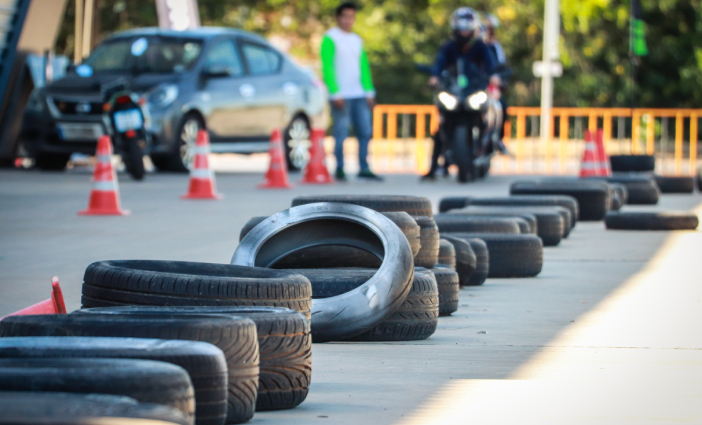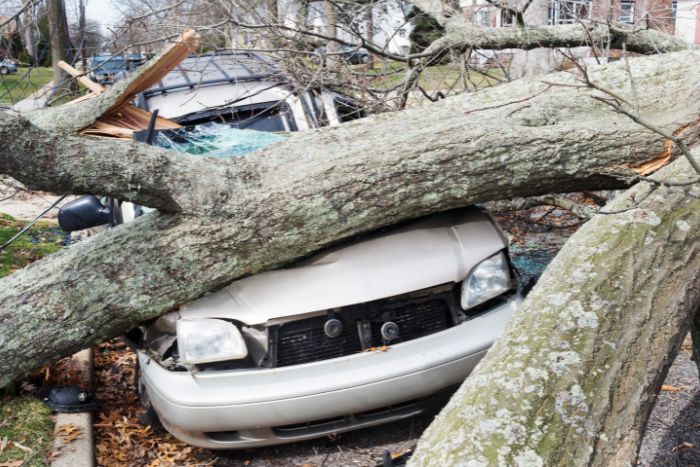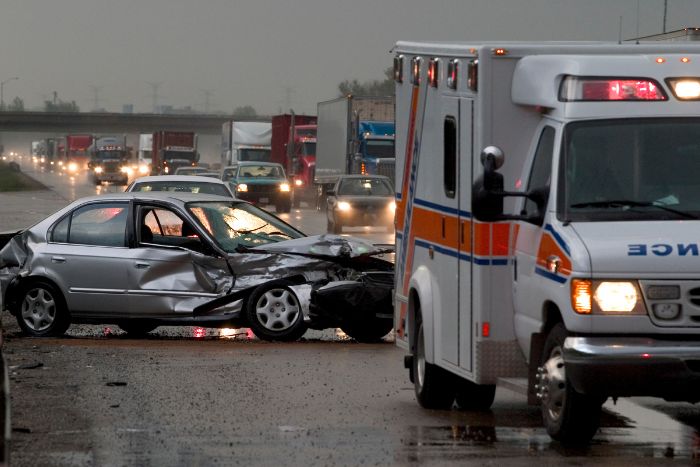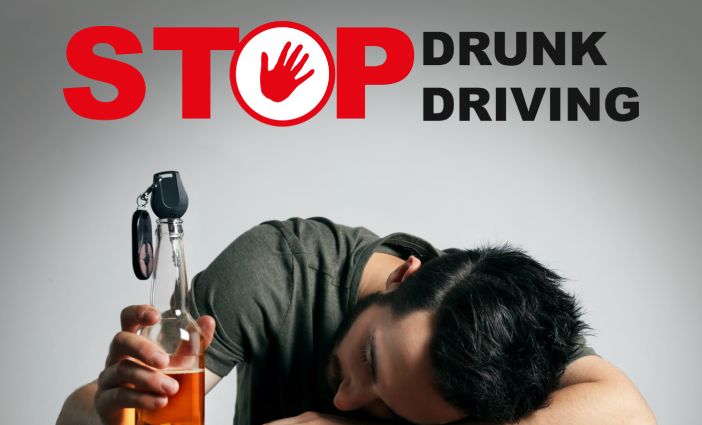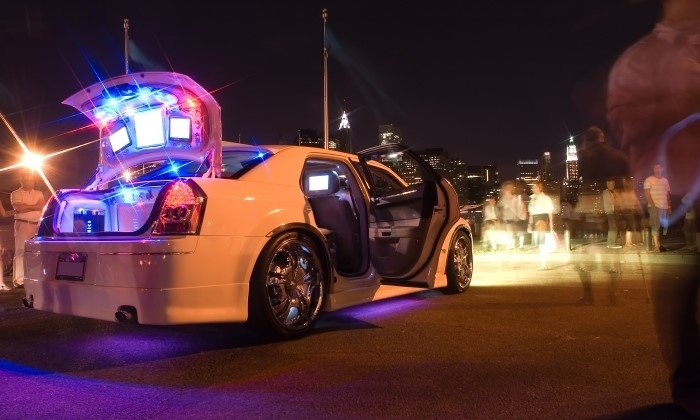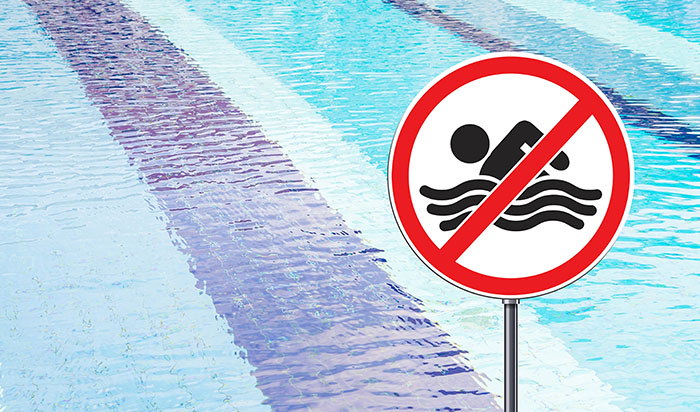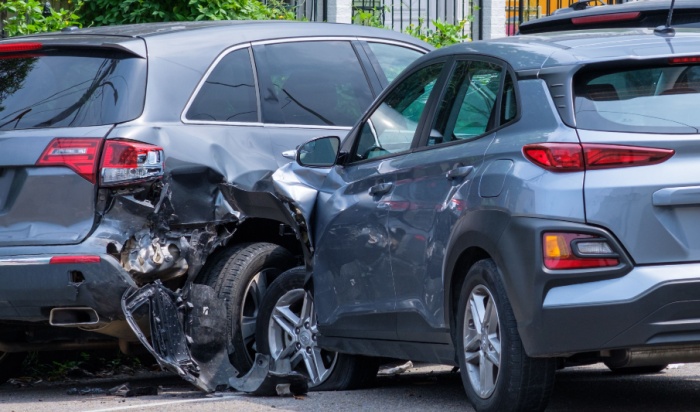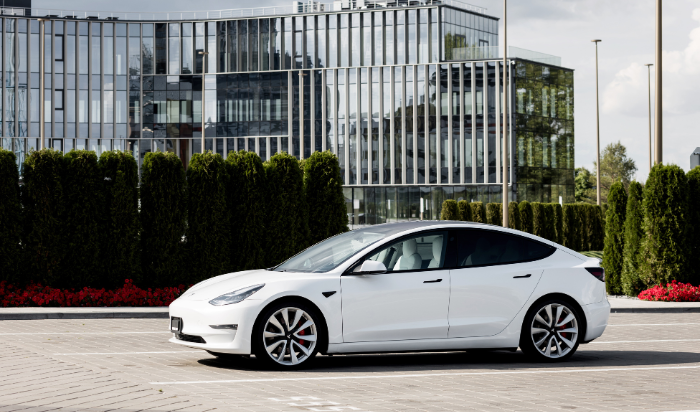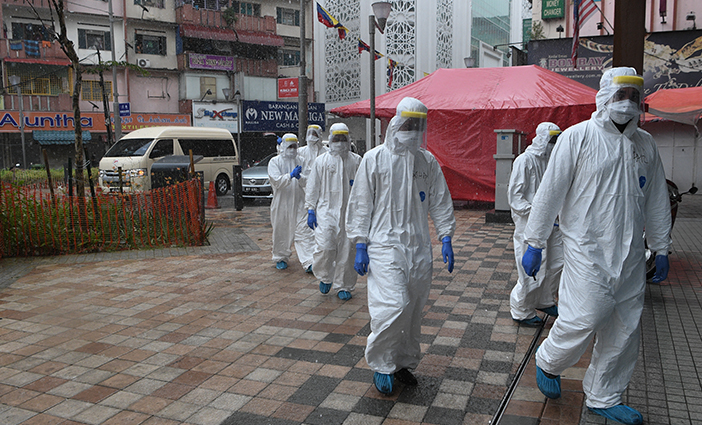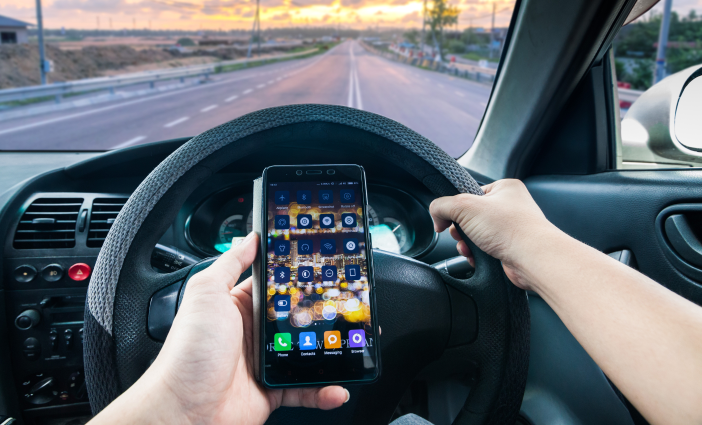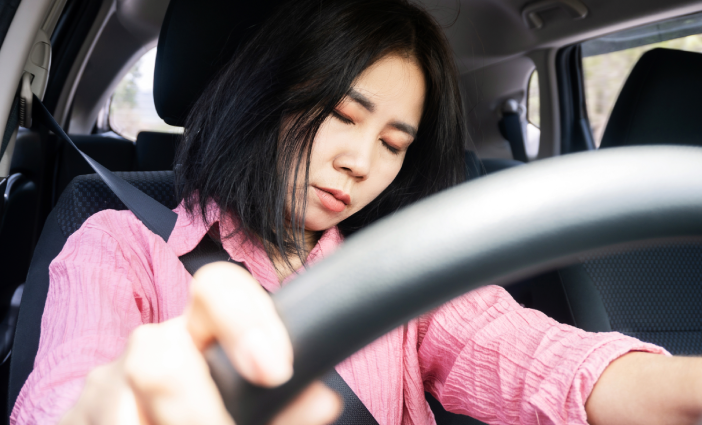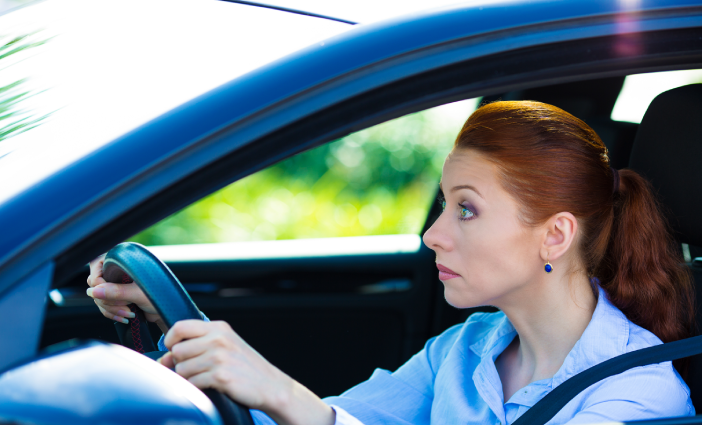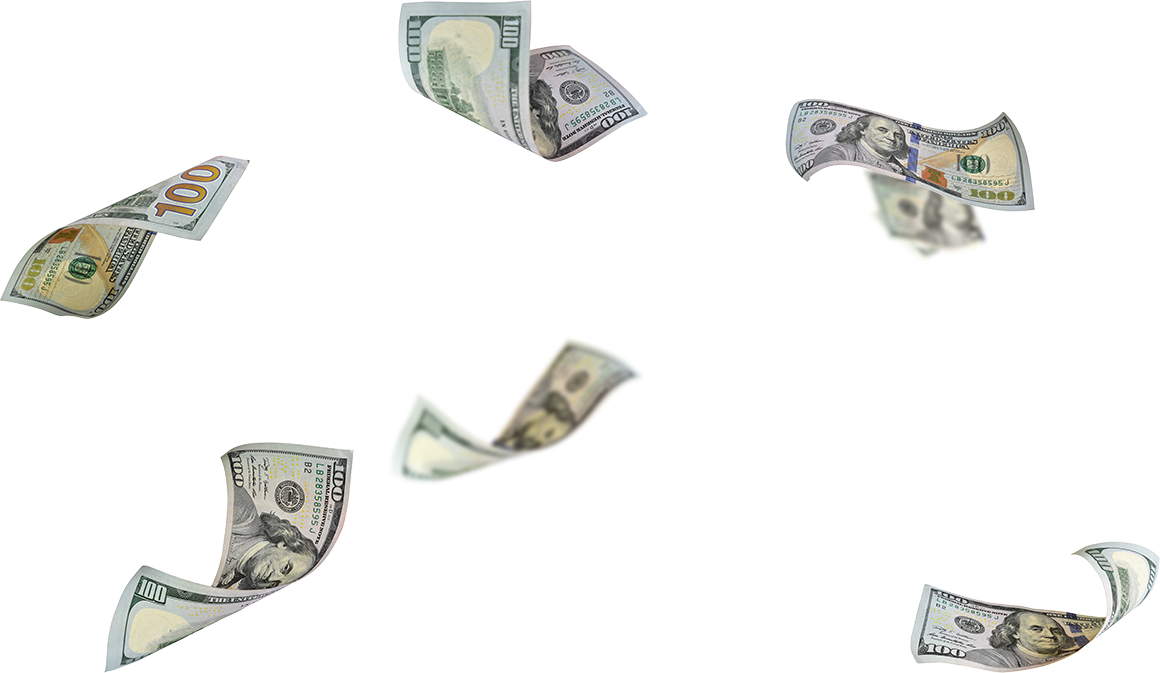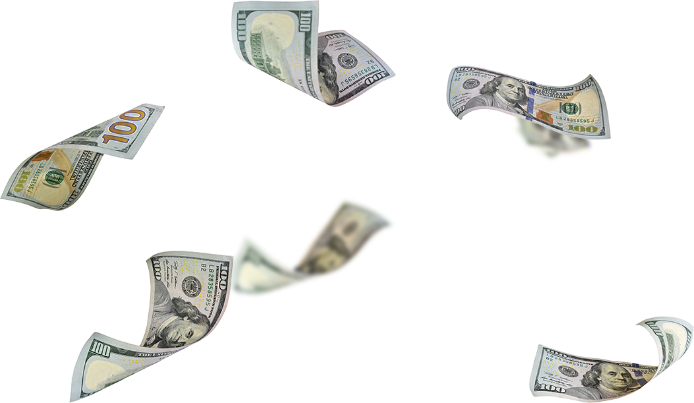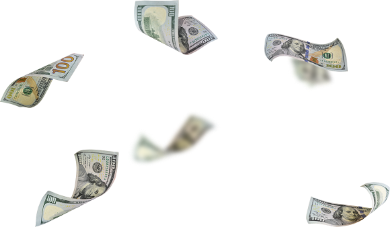When learning how to drive, many of us are taught to keep our eyes moving constantly so we can spot any oncoming hazards. However, anyone in a car is more likely to be looking for car-sized hazards rather than smaller ones like motorcyclists, bikers, or pedestrians. This can create a serious gap in our safety practices.
You don’t want to be at fault in any accident, especially one that involves someone who’s not in a vehicle. They’re more likely to be seriously injured and you may have to live with the guilt of causing a lifelong disability. You may also be at financial risk if your insurance limits aren’t enough to pay for the victims’ treatment. No one wants to find themself in this position, even if they aren’t personally injured. Drivers can observe the following rules to decrease their chances of causing a motorcycle accident—and motorcyclists can review these hazards so they’re aware of the unique dangers that face riders.
What Causes Most Motorcycle Accidents?
Motorcyclists are much more likely to suffer a fatal accident than the typical driver: Though they are only responsible for 0.6% of vehicle miles traveled (VMT) in the U.S., they accounted for 14% of deaths in 2017. Often, the reason for an accident is a relatively simple mistake made by another driver:
- Failing to see the motorcyclist
- Failing to anticipate a motorcyclist’s movements
- Not double-checking blind spots where motorcyclists may be concealed
- Allowing themself to be distracted
“Look both ways” and “don’t be distracted” are good, if broad advice for drivers, but they clearly don’t prevent all mistakes that can lead to collisions. By learning about the specific situations that often precede motorcycle accidents, you can spot when you’re in one and be sure to drive defensively.
Test Your Motorcycle Knowledge
A lot of accidents are caused by myths that get passed around about what motorcyclists do and do not need. The National Highway Traffic Safety Administration (NHTSA) put together a “Share the Road” educational campaign to teach the rest of us what it’s like to ride a motorcycle. Here are some points the agency suggests drivers keep in mind:
- Because motorcycles are smaller than cars, drivers tend to overestimate the amount of time they have to pull out in front of one. Always assume you have less space than you think—you’ll probably be right.
- Unlike car turn signals, motorcycles’ signals do not self-cancel, and a rider may forget to turn theirs off. Wait to see a motorcyclist start their turn rather than assuming their signal is correct.
- Because motorcycles stop more quickly than cars, you should increase your following distance to ensure you have enough time to react.
- Remember, motorcyclists need the full width of a lane to drive so they have room to maneuver and avoid dangers. Do not encroach on their lane when passing.
- Motorcyclists are much more threatened by road hazards like potholes, gravel, wet surfaces, pavement seams, and grooved pavement. Be prepared to slow down for conditions you might not consider a threat.
Because motorcycles handle differently than cars, riders are likely to react differently to roadway situations. As a driver, it’s always important to keep your attention on the road, not on your phone, your passengers, or other distractions.
Check Twice when Danger Is High
The “check twice, save a life” campaign has been raising awareness of the dangers motorcyclists face for years. The slogan wasn’t just written to be catchy—it’s genuine. Visibility is a huge factor in many motorcycle accidents, and drivers can do their part by exercising extra caution when:
- Turning left—as drivers often miss oncoming motorcycles
- Changing lanes—you should always assume someone is in your blind spot
- At an intersection—where turning into a motorcycle’s right-of-way is common
- Pulling out of a driveway, alley, or parking spot—because motorcycles can easily hide behind obstacles to your vision
Most drivers would never purposely cut in front of a motorcycle, but when we’re on the road, our default is to look for threats that are of comparable size to us. You can train your brain to see motorcyclists, but it takes work.
What to Do After a Motorcycle Accident
If you do collide with a motorcyclist, it’s important to stop and call for help. Eight of ten motorcyclists will be injured in an accident. The sooner they can access medical attention, the more likely they are to make a full recovery. For motorcyclists who are hit, one of the most important things to do is to get yourself and your bike out of the road to avoid further injury.
If the accident was not your fault, it’s also important to call an experienced injury law firm like Richard Schwartz & Associates Injury Lawyer, P.A. We’ve helped thousands of motorcycle accident victims file for compensation after being injured. We want you to be able to receive the treatment you need without threatening your financial stability. Having a strong attorney team to support your insurance claim will boost your chances of a successful recovery.


